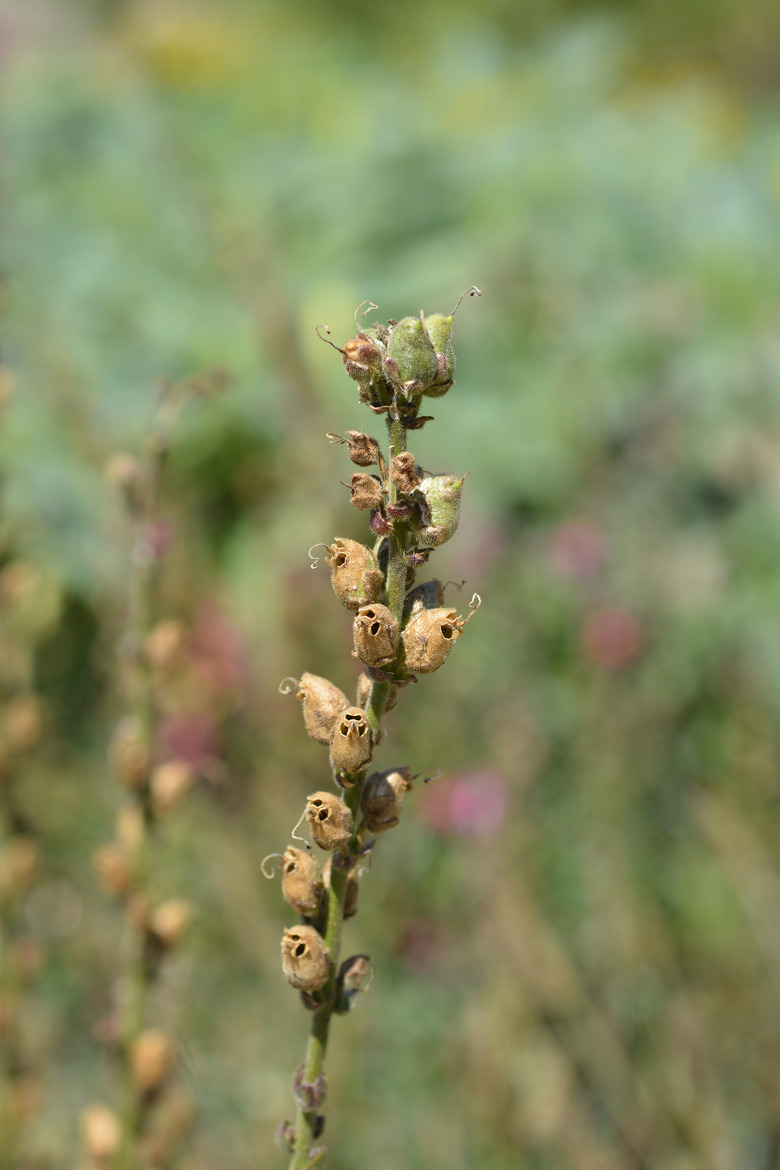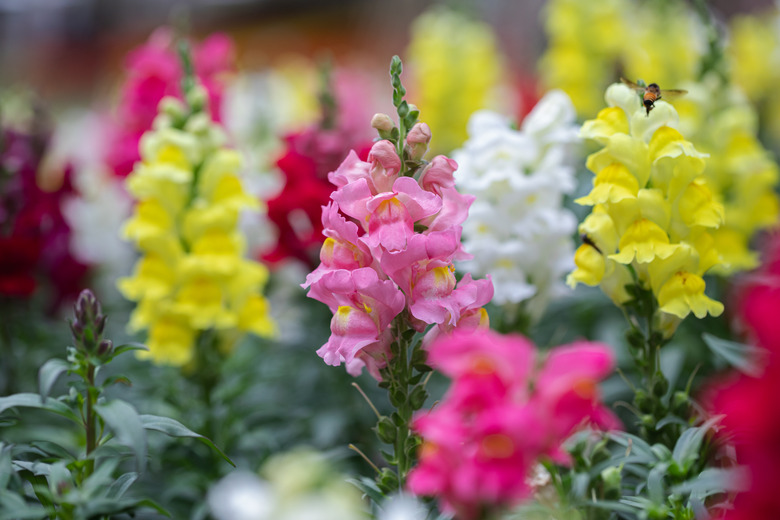How To Deadhead Snapdragons
Deadheading common snapdragons (Antirrhinum majus) is an integral part of snapdragon care. These flowers are typically grown as annual bedding plants, but snapdragons can be overwintered with protection in USDA zones 5 and up and will grow as tender perennials within USDA plant hardiness zones 7 to 9.
Deadheading will not only improve the plant's appearance right away and help prolong its blooming, it will also enhance its blooming the following year.
Deadheading snapdragons is easy but requires the right timing, technique and tools in order to have a positive effect on these stunning, low maintenance flowers.
About Deadheading
Deadheading is the process of removing spent flowers from a plant. It is an optional step for many plant varieties but it is actually an integral part of caring for snapdragons, which bloom best when deadheaded regularly. Removing the faded flowers will immediately tidy up and improve a plant's appearance but it has benefits that extend into the following season.
Removing the faded flowers before they ripen into seeds will redirect a plant's energy away from seed production and back toward producing more flowers, which will prolong blooming this season and improve flower production the following year.
Tip
Snapdragons are not especially disease prone, but it is a good idea to wipe down your pruning tools with household disinfectant before deadheading to prevent the transmission of disease between plants.
How to Deadhead a Snapdragon
Deadheading snapdragons is very straightforward and easy to master for beginner and advanced gardeners alike. All it takes is the right timing and technique along with the tool of your choice.
- **Timing:** Snapdragons can only be deadheaded when flowers are actively blooming. The flowers bloom along a central stem from the bottom to the top. Remove the dead snapdragon flowers as they fade each day, or do it once a week, if daily deadheading feels too overwhelming.
- **Technique:** Snapdragon flowers attach to the main stalk by a short stem. Remove the flower by severing that short stem—not the main stalk, which would remove the buds as well.
- **Tools:** Deadheading snapdragons can be done using your fingernails, a pair of small scissors or a pair of narrow-tipped pruning shears.
Snapdragon Care and Maintenance
Deadheading is only one part of caring for snapdragons. Watering, feeding and knowing how to troubleshoot common problems goes a long way toward growing healthy, thriving snapdragon plants at home.
Watering Snapdragons
Snapdragons grow best with regular access to moisture, although mature, established snapdragons can tolerate dry conditions without suffering any permanent damage.
- **Water weekly or as needed during the growing season,** from spring until late summer, watering only when the soil feels dry below the surface.
- Provide 1 inch of water at each watering.
- Spread a 1-inch-thick layer of organic mulch between the snapdragon plants to conserve soil moisture.
- Water at the base of the plant rather than from overhead to reduce the risk of fungal growth on the foliage.
Tip
To avoid diseases, grow snapdragons in fast-draining soil, water only when the soil feels dry and water at the base of the plant rather than from overhead, which leaves too much moisture on the foliage.
Feeding Snapdragons
Snapdragons bloom best when grown in organically rich soil. Soil that lacks nutrients can be improved by mixing a 4-inch-thick layer of compost into the top 8 to 10 inches of soil. Adding slow-release, 12-6-6 fertilizer to the soil at a rate of 2 pounds per 100 square feet will also help support blooming.
Amend the bed a couple of weeks before sowing snapdragon seeds or planting transplants into the bed so that the soil has time to settle.
Troubleshooting Snapdragon Problems
Snapdragons are relatively problem-free plants when grown under bright, sunny conditions in fast-draining soil. Most serious problems result from the wrong growing conditions or improper care.
**Cultural Problems:** Snapdragons sometimes develop problems such as powdery mildew, rust and stem rot when grown under wet conditions. Avoid these issues by growing snapdragons in fast-draining soil, watering only when the soil feels dry and watering at the base of the plant rather than from overhead, which leaves too much moisture on the foliage.
**Pest Problems:** Common pest problems in snapdragons include aphids and spider mites. Neither pest will cause serious harm to snapdragon plants, if they are treated early-on. Both problems can be treated using commercially prepared insecticidal soap spray.


